In the early days of spring, as the winter frost gives way to a warmer embrace, a carpet of delicate flowers emerges, brightening the landscape with their vibrant colors – the Primrose. With its charming blooms and soothing fragrance, the Primrose is a herald of the season’s arrival. In this article, we will explore the enchanting world of the Primrose flower, delving into its appearance, symbolism, cultivation, and the joy it brings to gardens and natural spaces.
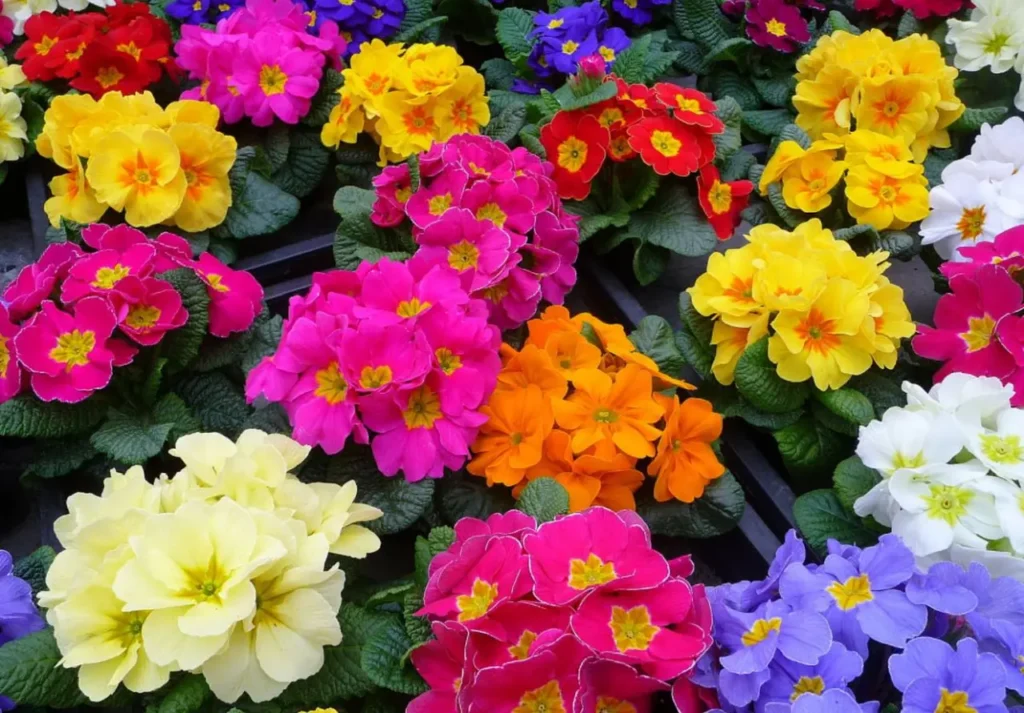
Appearance and Characteristics
The Primrose, scientifically known as Primula, is a genus of flowering plants that belong to the Primulaceae family. It encompasses a wide range of species and cultivars, each showcasing its unique beauty. Primrose flowers typically have a single layer of petals arranged in a rosette-like formation. The petals can be found in various colors, including shades of yellow, white, pink, purple, and even red. The leaves are usually soft and slightly wrinkled, forming a basal rosette, while the stems rise from the center, bearing clusters of flowers.
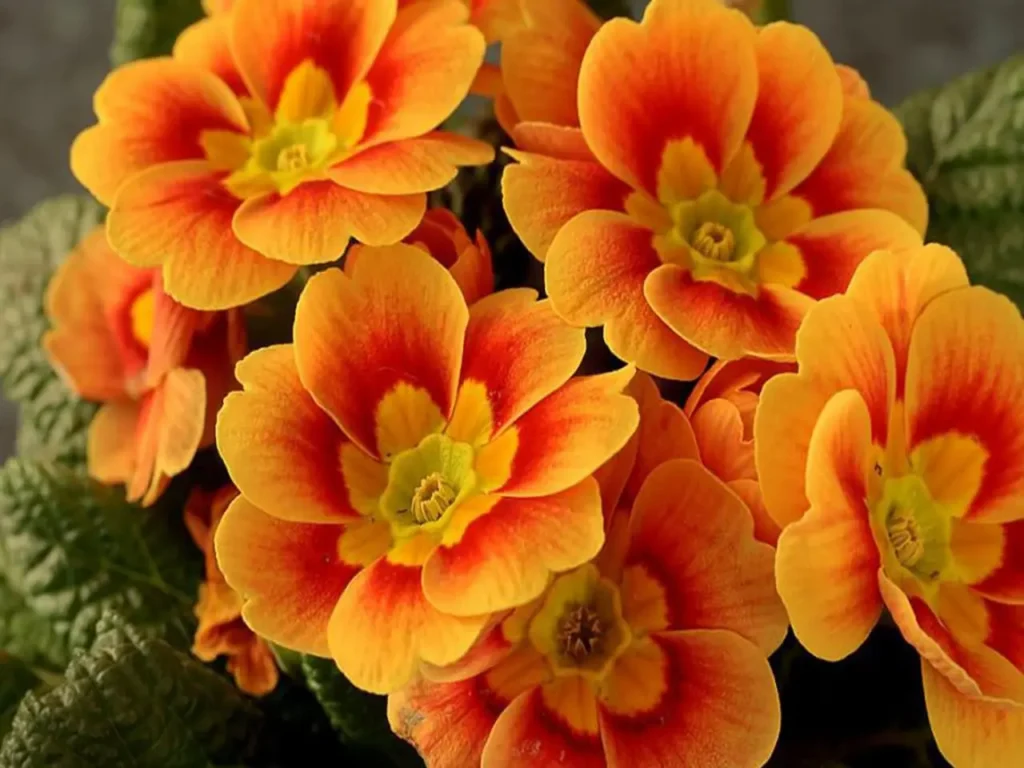
The color of Primrose Flower
Primroses (Primula) come in a wide range of colors, offering a vibrant and diverse display in gardens and landscapes. Here are some common colors you can find in different types of primrose flowers:
- Yellow: Yellow primroses are perhaps the most well-known and popular color. They range from pale buttery yellows to bright and vibrant shades.
- Pink: Pink primroses come in various tones, from soft pastel pinks to deep magenta hues. They add a touch of femininity and charm to gardens.
- Purple: Purple primroses display a range of shades, from light lavender to rich, deep purples. They offer a sense of elegance and depth.
- White: White primroses have a pure and pristine appearance, symbolizing purity and innocence. They create a serene and peaceful atmosphere.
- Blue: Blue primroses are less common but can be found in certain varieties. They can range from pale sky blue to more intense and vibrant shades.
- Red: Red primroses are bold and eye-catching, adding a fiery burst of color to gardens. They create a striking contrast against green foliage.
- Orange: Orange primroses bring warmth and vibrancy to garden beds and borders. They create a cheerful and energetic atmosphere.
- Magenta: Magenta primroses have a rich and intense color, combining shades of pink and purple. They make a bold statement in any garden.
- Peach: Peach primroses have soft and delicate hues, with a combination of pink, orange, and yellow tones. They exude a gentle and inviting charm.
- Bi-color: Some primroses exhibit bi-color variations, where different colors or shades appear on the same flower. This adds visual interest and uniqueness to the blooms.
- Lilac: Lilac primroses feature a delicate and soft shade of purple, reminiscent of the pastel blooms of lilac shrubs.
- Coral: Coral primroses have a warm and vibrant hue, combining shades of pink and orange. They bring a tropical touch to gardens and containers.
- Burgundy: Burgundy primroses showcase a deep and rich shade of red with a hint of purple, adding depth and drama to floral arrangements.
- Salmon: Salmon primroses have a warm and peachy-pink color, resembling the flesh of salmon fish. They create a gentle and soothing ambiance.
- Apricot: Apricot primroses display a lovely blend of orange and pink tones, evoking the soft hues of ripe apricots. They add warmth and sweetness to gardens.
- Lavender: Lavender primroses have a pale and soothing shade of purple, reminiscent of the aromatic flowers of lavender plants. They create a calming atmosphere.
- Cream: Cream-colored primroses have a soft and creamy hue, adding a touch of elegance and subtlety to garden beds and borders.
- Magenta Pink: Magenta pink primroses combine vibrant pink with deeper shades of purple, creating a captivating and bold color display.
- Violet: Violet primroses have a vibrant and intense shade of purple, standing out among other flowers and attracting attention with their striking color.
- Green: While not a traditional flower color, there are primrose varieties with green flowers or greenish hues, adding a unique and fresh element to floral arrangements.
These are just a few examples of the colors you can find in different types of primrose flowers. The actual color variations may vary depending on the specific species, cultivar, and growing conditions.
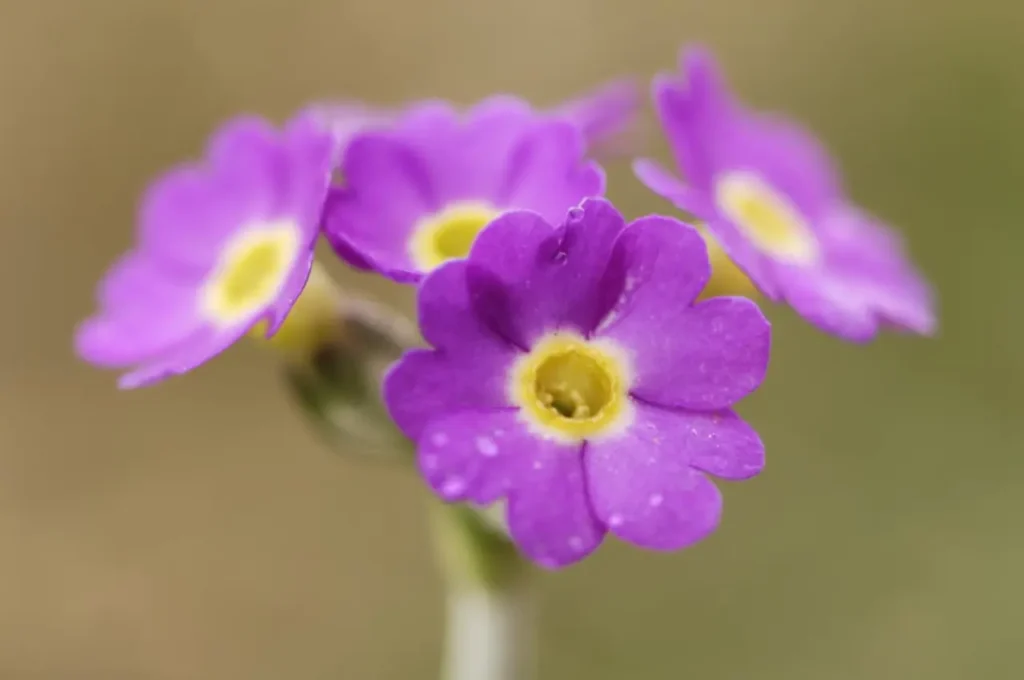
Symbolism and Significance
Primroses hold symbolic meanings that vary across different cultures. In general, they are associated with love, youthfulness, and new beginnings, as they often bloom early in the year. Primroses are seen as a sign of hope and renewal, bringing joy and positivity after the dreary winter months. These flowers have been celebrated in folklore and literature for their delicate beauty and their connection to the awakening of nature. They are often regarded as symbols of spring and the promise of brighter days ahead.
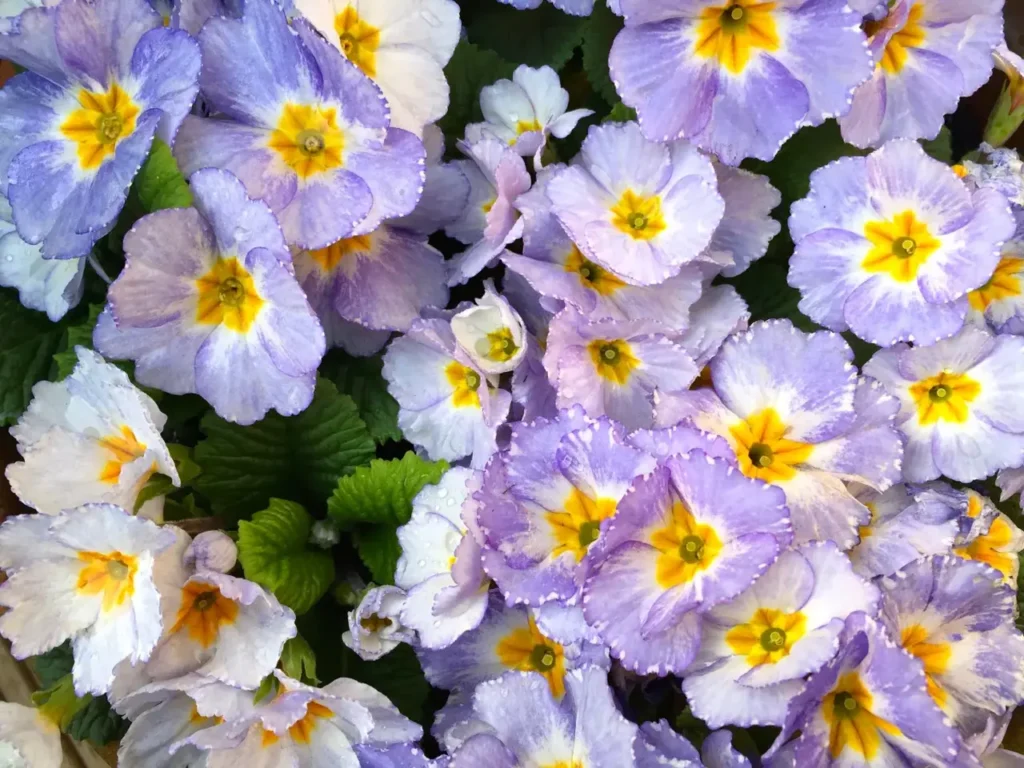
Cultivation and Care
Primroses are popular choices for gardens, containers, and borders due to their versatility and ease of cultivation. They prefer cool to moderate climates and thrive in well-draining soil that is rich in organic matter. Primroses prefer partial shade or filtered sunlight, as direct sunlight can be too harsh for their delicate petals. Regular watering is important to keep the soil moist but not waterlogged. Deadheading spent flowers can promote continuous blooming. With proper care, Primroses can provide bursts of color for many weeks during the spring season.
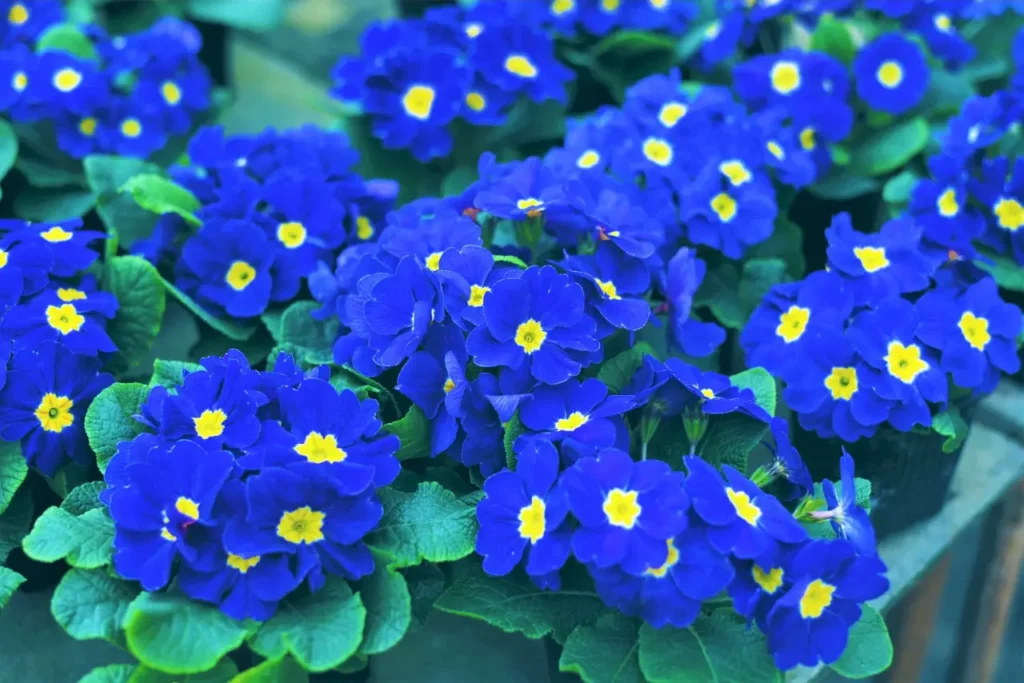
Varieties and Hybrids
The Primula genus encompasses a wide range of species and hybrid varieties. Some notable examples include the English Primrose (Primula vulgaris), which features pale yellow flowers; the Cowslip (Primula veris), known for its clusters of nodding yellow blossoms; and the Drumstick Primrose (Primula denticulata), characterized by its globe-like clusters of flowers in various colors. Each variety brings its unique charm and contributes to the rich tapestry of Primrose blooms.
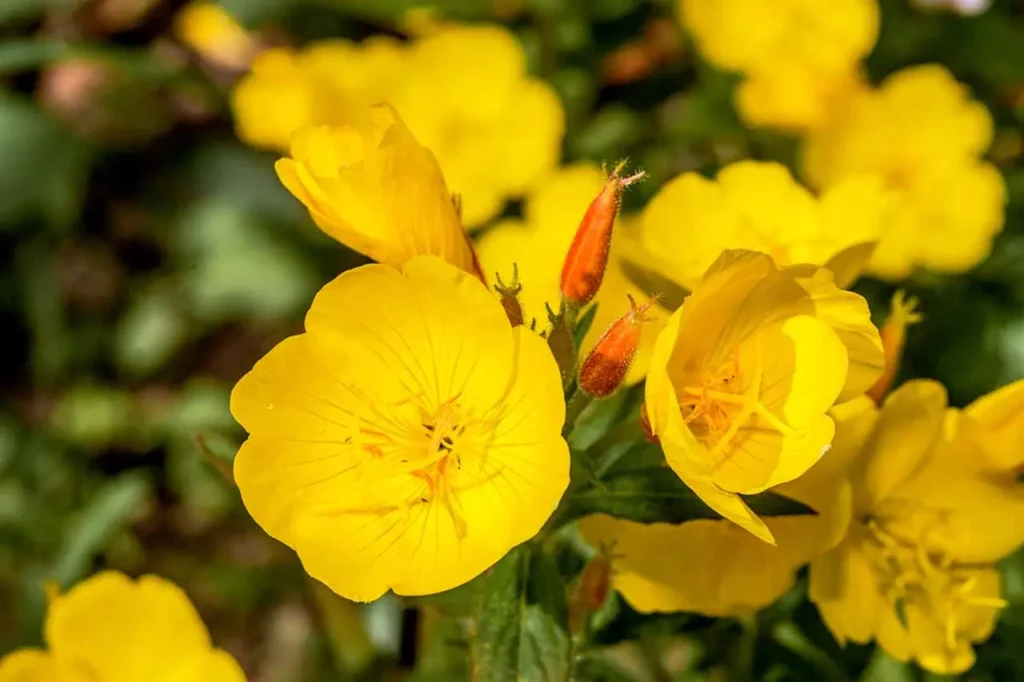
Ecological Importance
Primroses serve an essential role in supporting pollinators such as bees and butterflies. Their nectar-rich flowers provide a valuable food source, especially during the early spring when few other flowers are in bloom. By attracting and supporting these vital pollinators, Primroses contribute to the overall health and diversity of the ecosystem.
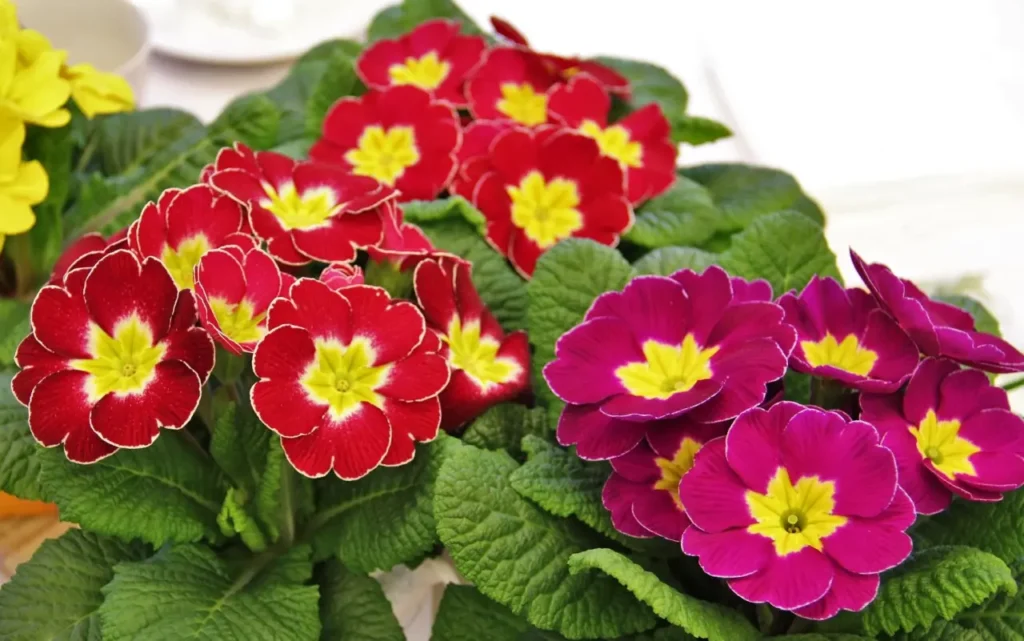
Cultural Significance
Primroses have long been celebrated in various cultures around the world. They are often associated with festivities, such as May Day celebrations and Easter traditions, where they are used in floral displays, garlands, and wreaths. In some regions, Primroses are considered lucky charms, believed to bring good fortune and protection against negative energies.
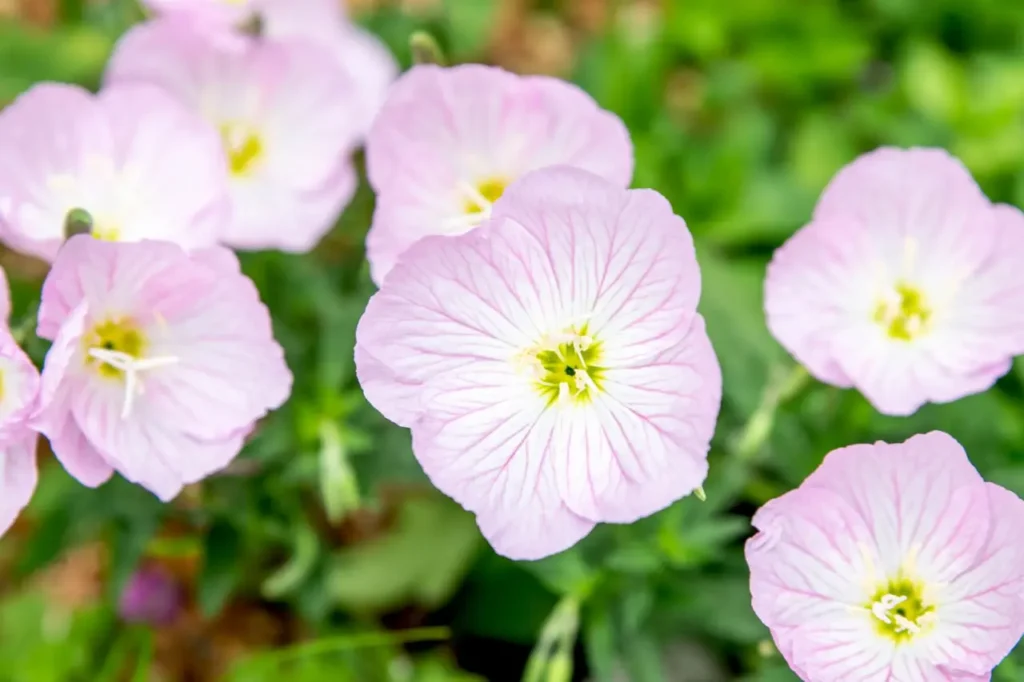
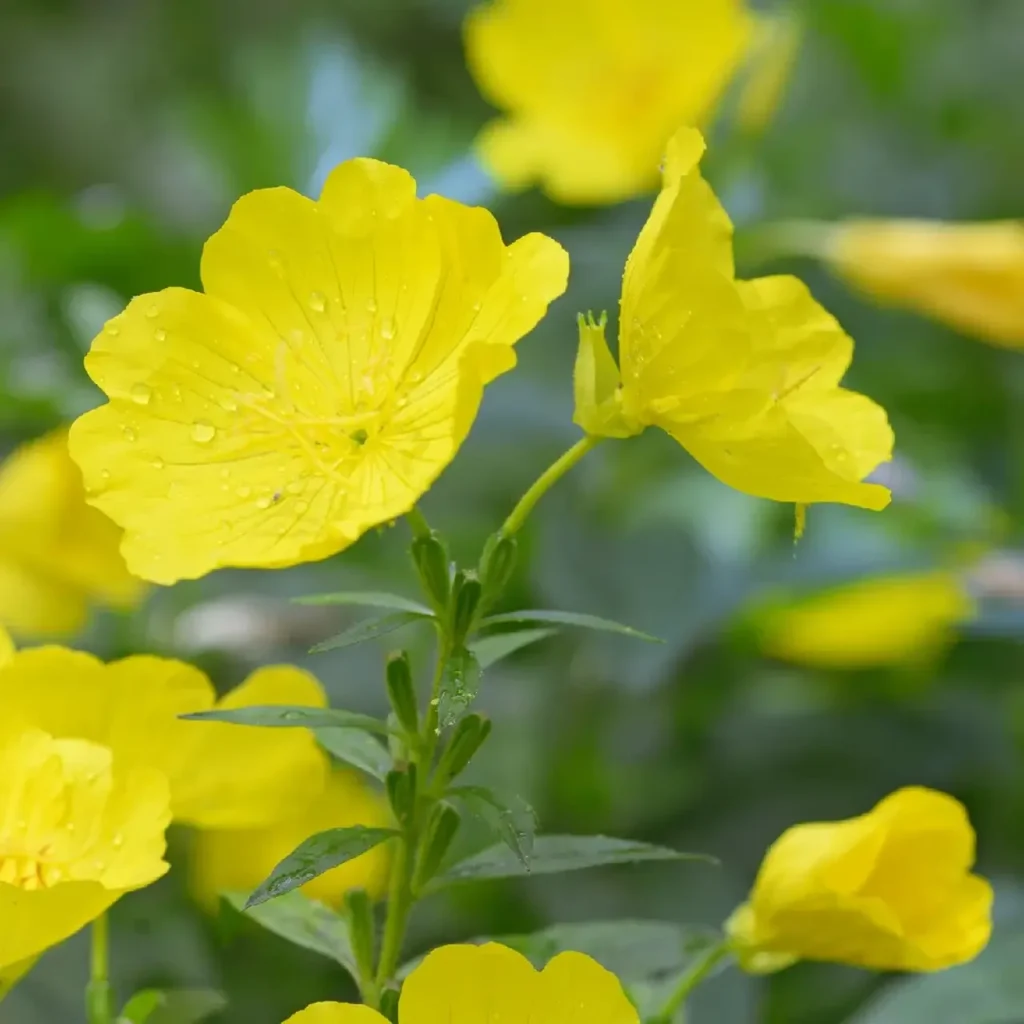
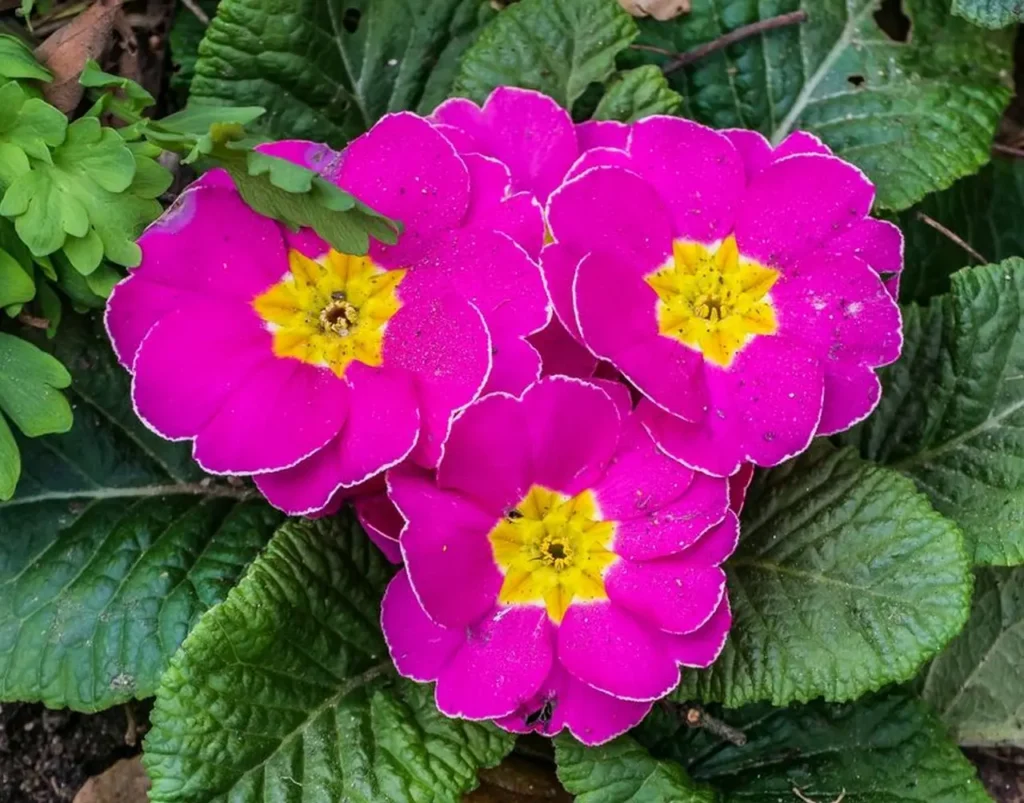
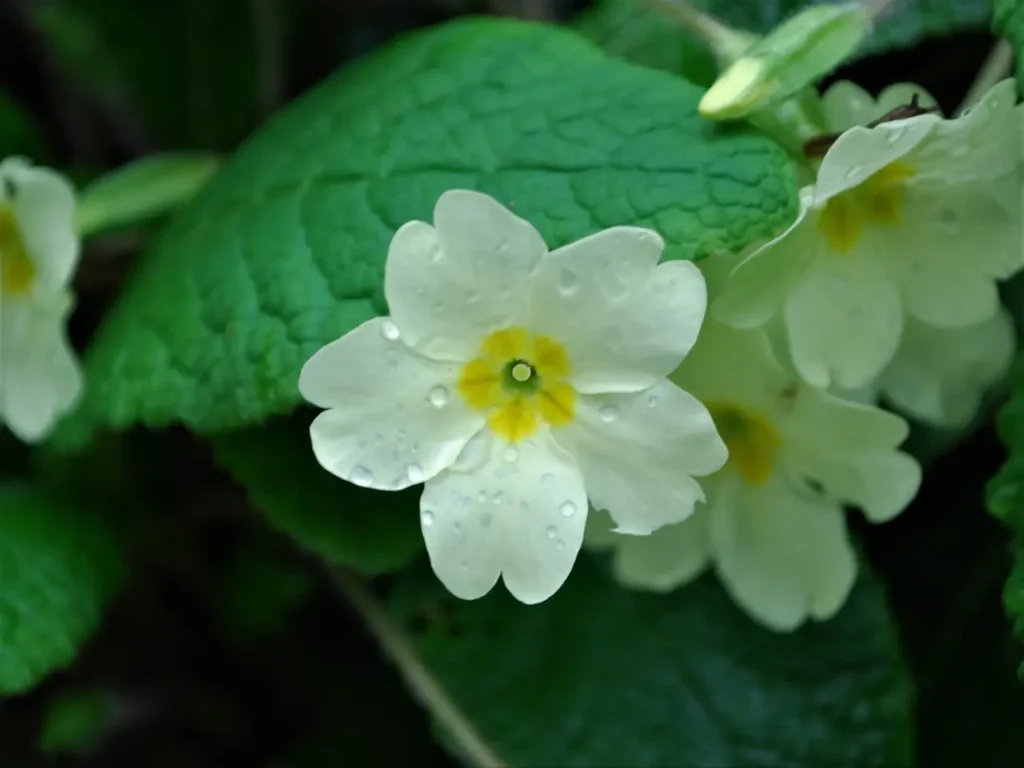
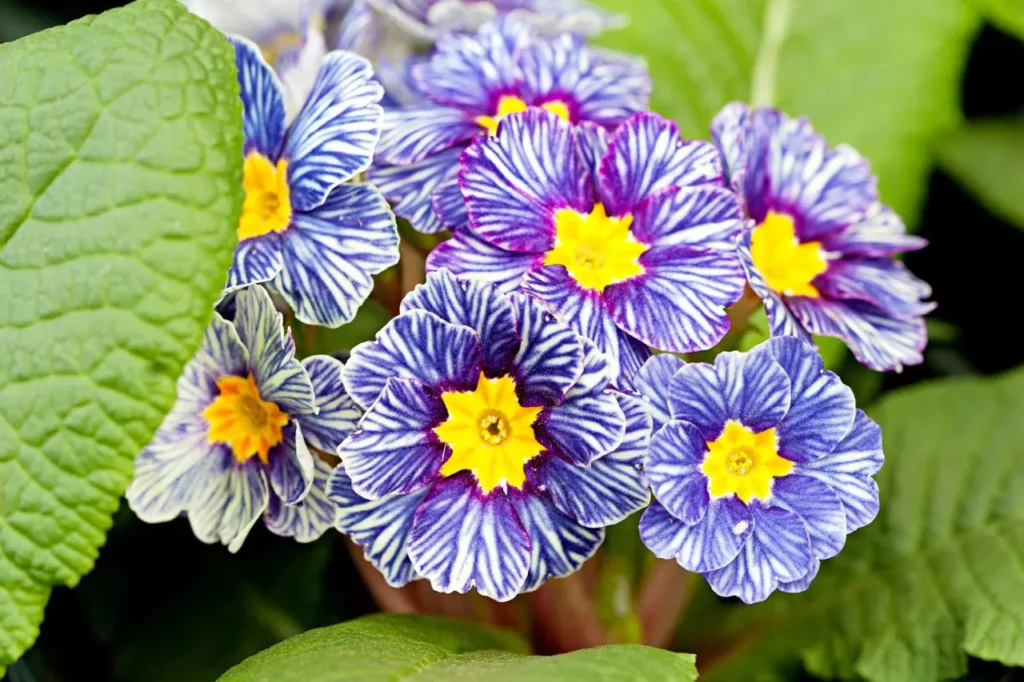
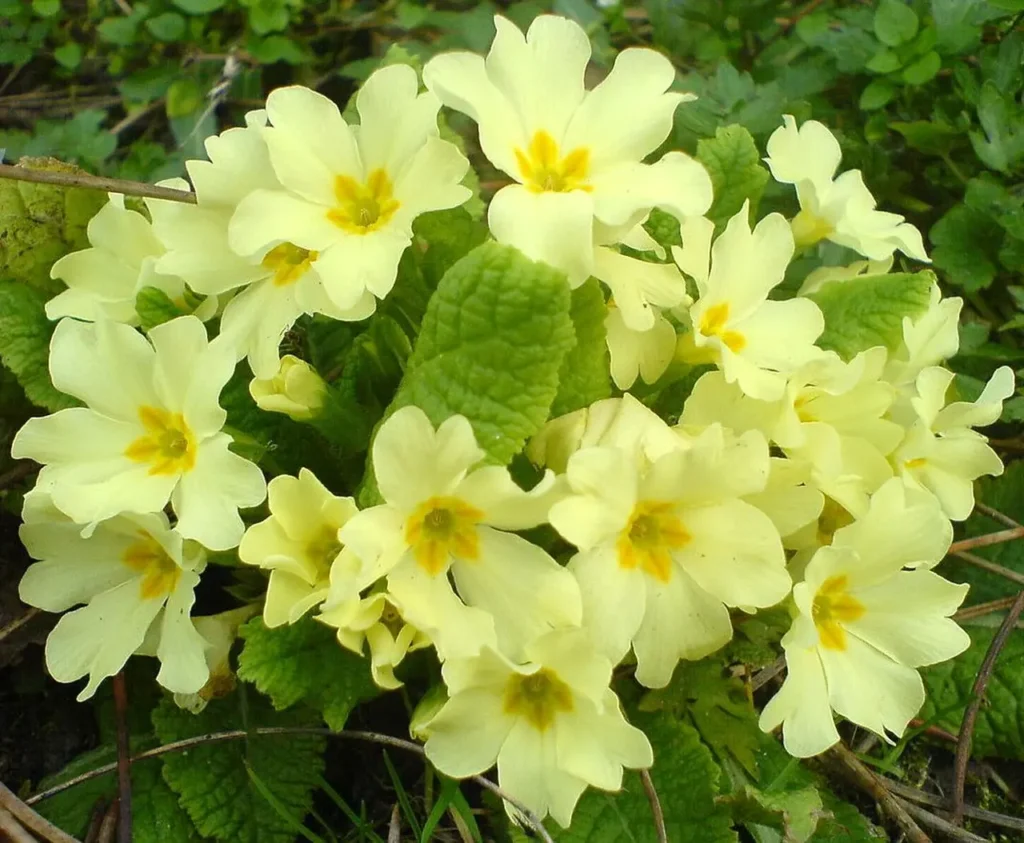
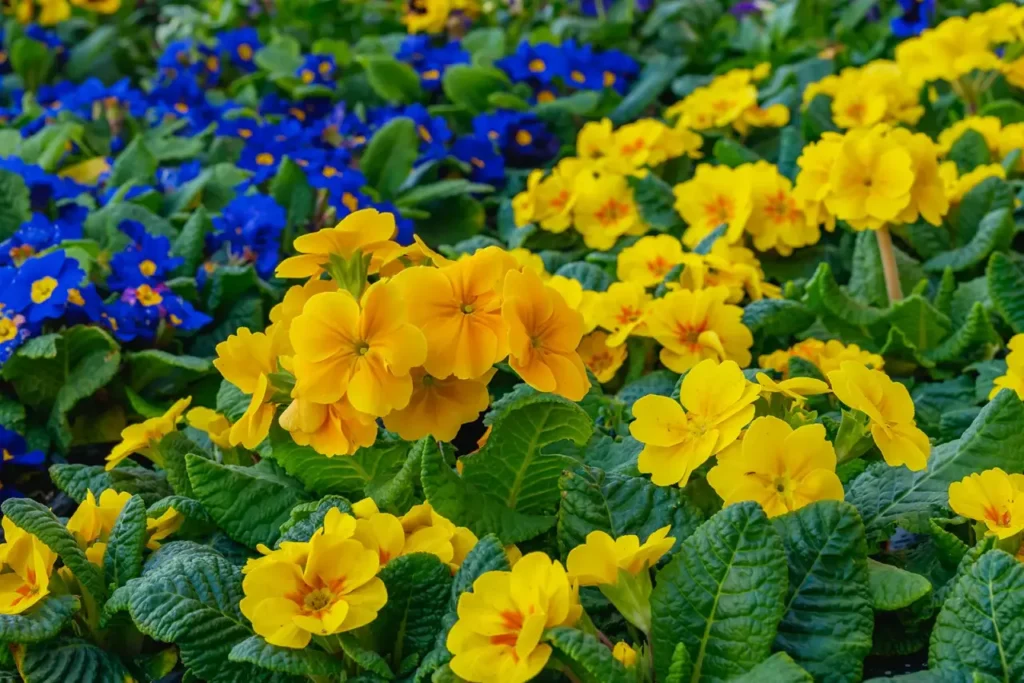
The Primrose, with its delicate blossoms and vibrant colors, symbolizes the arrival of spring and the renewal of life. Its presence in gardens, parks, and natural landscapes brings joy and beauty to all who encounter it. As we appreciate the Primrose’s graceful blooms, let us also celebrate the resilience and optimism they represent. May these charming flowers inspire us to embrace the changing seasons and find delight in the simple pleasures that nature graciously bestows upon us.








